Governance system is determined by history, geography, politics, social and cultural situation of that country. Governance system can be unitary or federal and presidential or parliamentary. In context of Nepal, its system is as follows
- Constitutionally federal but practically unitary: Article 4 of constitution of Nepal 2072 define state of Nepal as “Nepal is an independent, indivisible, sovereign, secular, inclusive democratic, socialism-oriented federal democratic republican state.” Nepal is constitutionally a federal state but creation of state and its mechanism with the boundary of purposed state is still in progress. Hence we are caught between a federal and unitary system right now. (With successful election of federal, state and Local level in 2017, Nepal is now moving towards full implementation of Federal system of governance.)
- Parliamentary system: After the promulgation of new constitution, the CA members are acting as a parliamentarian of interim parliament and are responsible for implementing the mandate of the new constitution. Nepal is waiting for a fresh election in this state. Council of ministers chosen by this parliament has the full power and president elected from this parliament is a titular one.
- Democratic system: Nepal has accepted the democratic system and adopted its basic tenets. Periodic election, majority rule, respect for minority, rule of law, human rights, freedom, multiparty system etc are its core values. We are moving towards inclusive democracy.
- Liberal system: Nepal’s governance system is based on liberalization. It accepts economic liberalization at its core. Role of private sector is highly promoted. Public private partnership (PPP) is promoted and state acts as a facilitator and not an interventionist.
- Local self governance: Local self governance act 2055 has paved a way for self governance.Purposed federal structure by constitution of Nepal 2072 will further promote this and we can say that local self governance is pillar of democracy.
- Social progress: It envisions social mobilization for transformation of society. It seeks to promote social pluralism via social democracy.
(NOTE: This post requires some revision to account for recent changes in the system of governance in Nepal. We are working on updating it.)

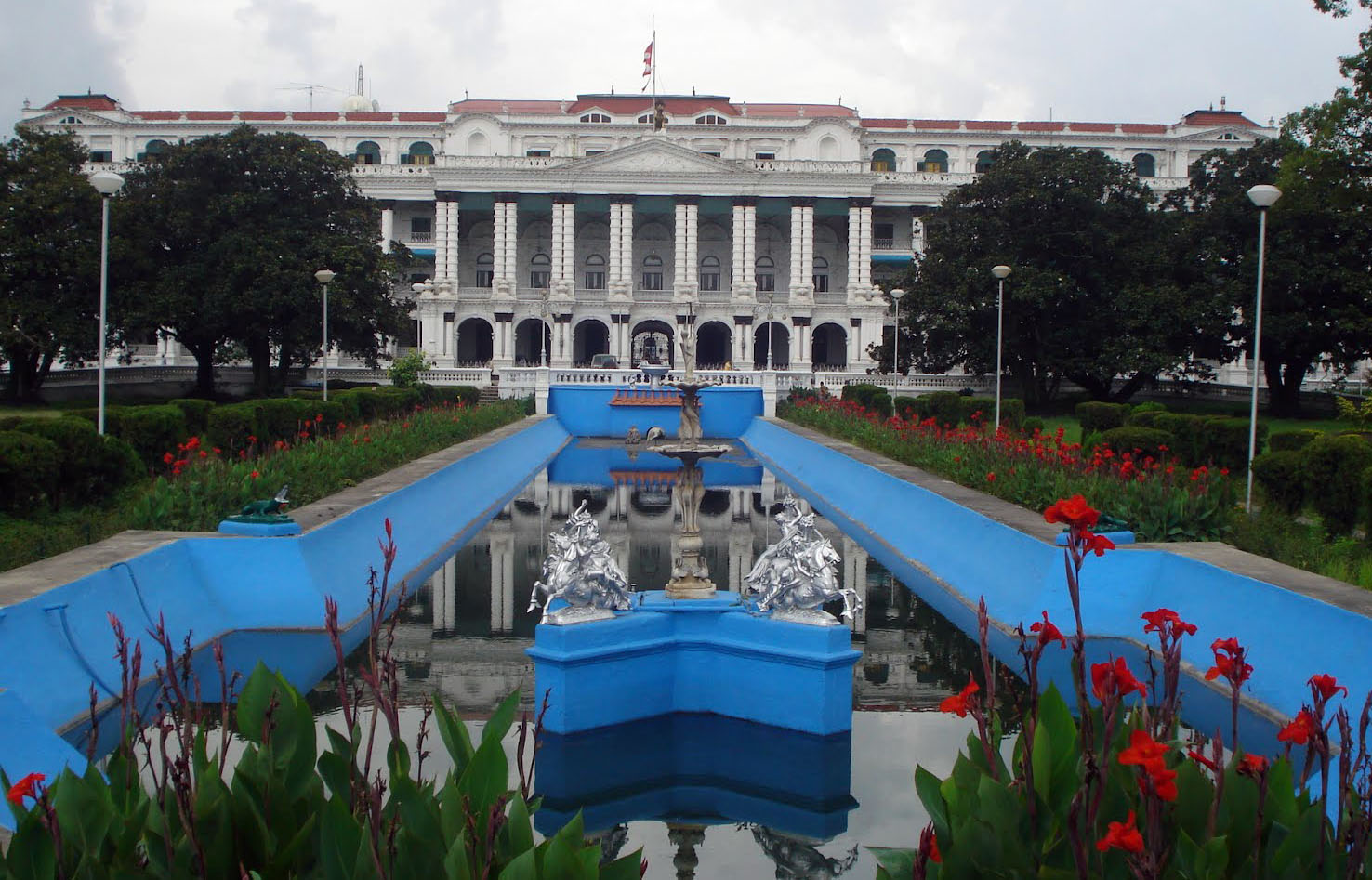

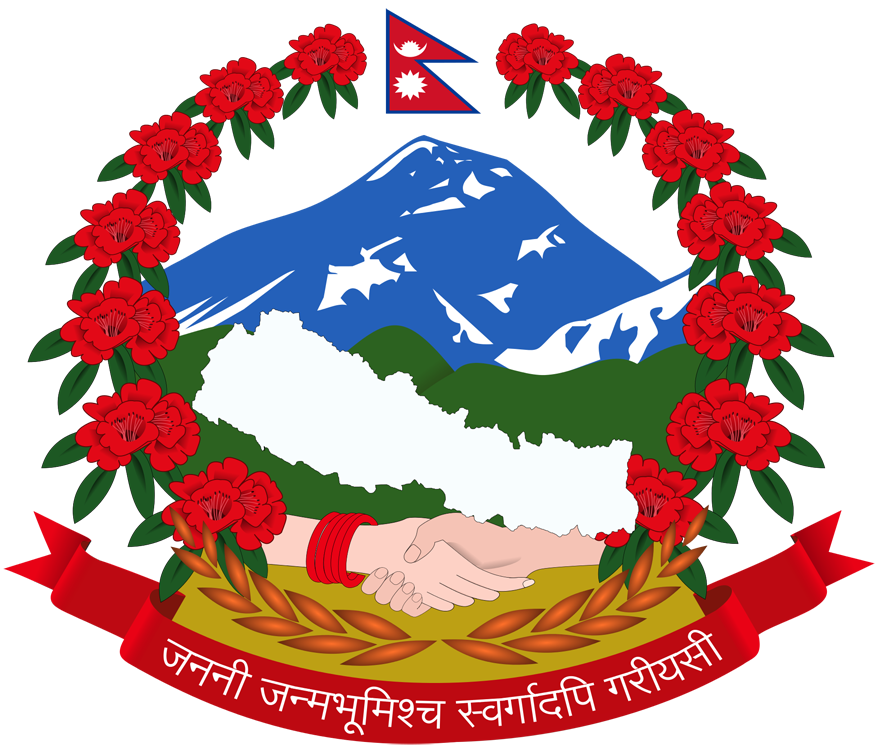
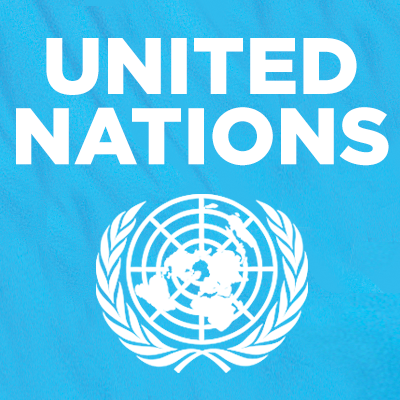


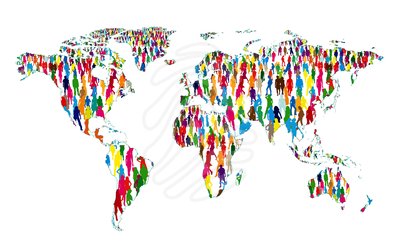

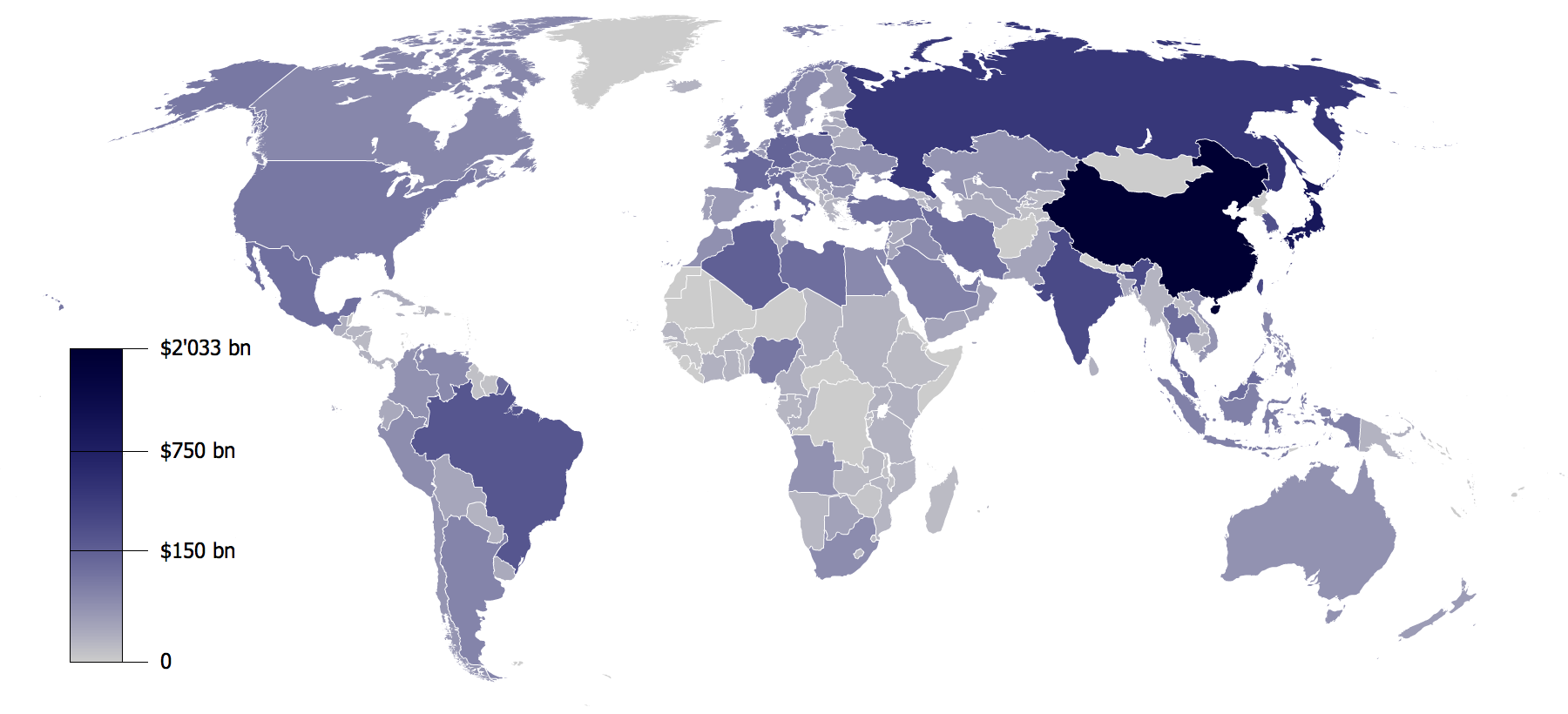
thanks. but can you plz provide the recent/ updated answer of this topic.
notes download harna mildaina